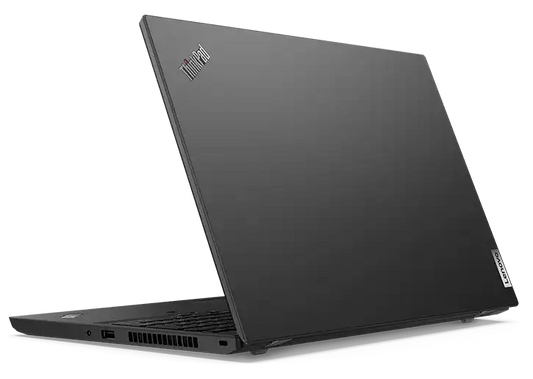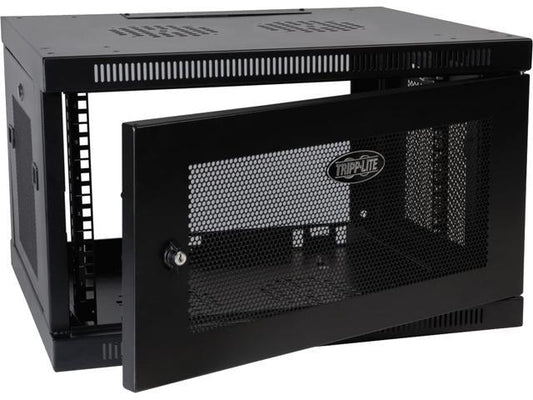How to Choose the Correct RAM Upgrade
Random Access Memory (RAM) powers our computers. But how much is enough? Selecting the appropriate amount of RAM is often a difficult question for computer owners.
And like so many questions in computing, the answer is… it depends. First and foremost, it’s important to ask yourself what you will be using your personal computer for. If you’re using your computer for word processing, checking email, and surfing the web, less RAM will do. But if you’re using your computer for gaming, video editing, or you like to run dozens of programs at once, additional RAM may be advisable.
RAM allows your computer to run faster, more smoothly, and operate more programs at once. There is no downside to having additional RAM, but – you guessed it – RAM isn’t free.
Before upgrading your RAM, it may be helpful to look at how much “available memory” (memory that is not being used) your computer has at any given time. Open the Windows Task Manager, and look at the “Performance” tab. Generally speaking, if you have less than 25% RAM available, an upgrade will improve your performance.


As of 2020, 4 GB is a common baseline for RAM. It’s more advisable – and common – to upgrade to 8 GB. Many computer users will upgrade to 16 GB to protect against future upgrades, or to enable their machines to smoothly run high memory programs like video or audio editing apps, or even a number of computer games. In some cases, an upgrade to 16 GB is a reasonably inexpensive upgrade that may extend the life and improve the performance of your computer.
DDR4 RAM is quickly becoming the industry standard, replacing DDR3. While it’s advisable to use hardware compatible with DDR4, performance differences are minimal – so far. This could change soon, but at this point, DDR3 RAM is still a viable option.
Different machines have different RAM capacities, so it’s important to check online to see how much your machine can run (leading brands like Crucial, Kingston, Corsair, or SanDisk have tools on their websites to help with this, but any technician at your local computer store can also lend a hand). Laptops and desktop computers also have different requirements, so be sure to do your homework before making a purchase!



